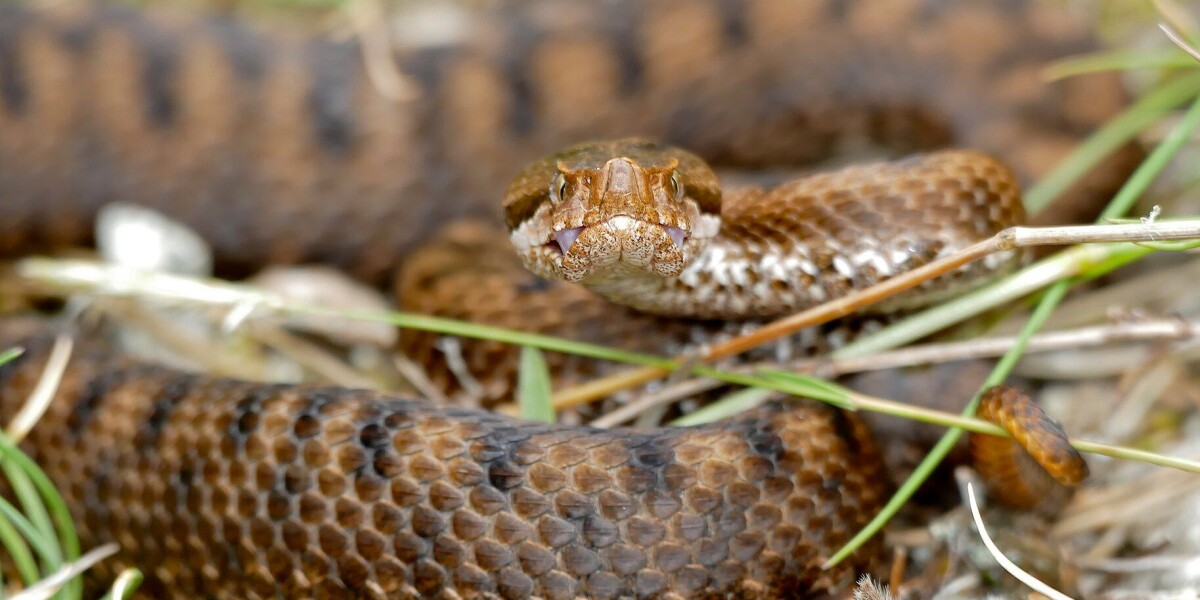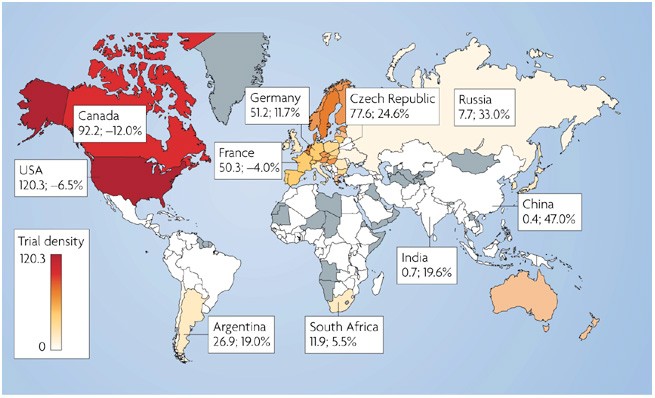
- Select a language for the TTS:
- UK English Female
- UK English Male
- US English Female
- US English Male
- Australian Female
- Australian Male
- Language selected: (auto detect) - EN
Play all audios:
It has been illegal since 2021 to kill any snake in France, including poisonous vipers, however sightings of the animals can still cause fear for many. The law changed after increased
awareness of how important snakes are to the eco-system, said Matthieu Berroneau, a snake expert with the organisation Cistude Nature. A recent spate of news stories about the animals has
led to some concern, but homeowners should be reassured that the animals pose little threat. THERE IS AN IRRATIONAL FEAR OF SNAKES “It is true that there is a deep and irrational fear of
snakes in France,” said Matthieu Berroneau. “It is handed down through the generations and the first reaction of many people when they see a snake is to kill it – something which is
illegal.” There used to be an exception in the law which allowed people to kill vipers but anyone who does so risks up to two years in prison and a €150,000 fine. Snake sightings increased
significantly during Covid-19, due to people spending more time at home during lockdown. Cistude Nature runs an SOS Serpents phoneline for sightings in the Nouvelle Aquitaine region (tel: 06
40 98 42 04), where residents can report sightings. They are also encouraged to send in photos, so snakes can be identified. The line receives around 500 calls per year. Calls can be made
to the SPA (animal protection society and pompiers) as well, but they might not respond to a sighting unless the animal is in distress or poses an immediate threat. April, and the early
summer months, is a time when snakes come out of hibernation and are often seen, especially as they bask in the sun’s rays on cooler mornings. “We tell people that it is natural to see
snakes in the garden, like it is to see birds and hedgehogs, and they should not worry – snakes will flee humans,” Mr Berroneau told _The Connexion_. “Only when there is a snake trapped
inside a house will we try to catch it, to release it elsewhere.” Read more: VIDEO: Hunters say they caught (and released) golden jackal in France WHAT TYPE OF SNAKES ARE THERE IN FRANCE?
AND WHERE ARE THEY? There are four types of viper in France, the most common being the vipera aspis (asp viper) with a range covering three-quarters of the south of France. It has many
colour variations but can be distinguished by dark stripes on its back, a break and then stripes, and by its arrow-shaped head and eye pupils which are slit-shaped like a cat’s eyes. Vipers
have thick bodies and are relatively slow-moving, and an adult vipera aspis is usually between 70 and 90cm long. Read more: How to build a snake hotel in your French garden as population
falls Another viper, viperia berus, is found in the north of France and at high altitudes in the mountains, while two other species have limited ranges: one in the Alpes-Maritimes mountains
and the other in the Pyrénées near the Atlantic. The most common snakes in France are couleuvres, which are not poisonous to humans, although they do have a venom which kills mice and other
small creatures. A legend, sometimes heard in country areas, that they got their name from their habit of licking their lips is not true, according to experts. There are nine varieties of
couleuvre but generally they have slimmer bodies than vipers, are longer (up to two metres), and are quick and agile. If you get close enough to see their eyes, the pupil of a couleuvre is
round, as opposed to the slit of the vipers. When threatened, one species, the couleuvre vert et jaune, reacts by putting on an aggressive display, opening its mouth and hissing. They are
common in the south west and the centre east of France. Mr Berroneau says they are responsible for most of the panic calls to the SOS Serpents line – even though there is no risk of
poisoning if they do bite people. The couleuvre vipérine looks a lot like vipers and even mimics viper defence tactics of curling its body, lowering its head and hissing. It is found in the
same areas as the vipera aspis. WHAT SHOULD YOU DO IF YOU ARE BITTEN? Whilst you are unlikely to be attacked, as the snakes in France tend to flee from humans, there are a number of steps to
take if you are unfortunate enough to be bitten by a viper. Vipers only produce a small amount of venom, and can opt to bite without injecting any (known as a dry bite) or with a very small
amount, as more of a warning than to kill prey. Regardless, the first thing to do is immediately go to hospital or contact emergency services. Clean the bite with soap and water, but do
not try and take the venom out of the wound, especially not by sucking on it. You should not cauterise the wound, nor use a tourniquet, as this may aggravate the bite itself by causing
nearby blood vessels to burst. You should take off any jewelry near the bite, again as to prevent the area becoming too restricted and increasing the pain and potential damage from it. You
should rest, and not move too much, trying to remain as still as possible. Once you are with healthcare professionals, they will decide on the correct course of action. DEATHS FROM SNAKE
BITES ARE INCREDIBLY RARE The country has a nationwide system of anti-venom for use when people have been bitten by vipers but Mr Berroneau said modern medical practice is to use it only in
the most serious cases. “Viper poison is slow-acting so the doctors can see how it progresses,” he said. “Generally, if someone is bitten on the hand and the poison stays in the hand, then
anti-venom will not be given, but if it starts to move into the arm, then it will be used.” Read more: More snakes kept as pets in France - some are escaping The last publicised death from a
snake bite in France was around 10 years ago when an enthusiast, demonstrating handling snakes to members of the public, was bitten by a viper and then suffered a heart attack. National
statistics on bites are hard to find but an article published in 2002, _Venins de serpents et envenimations_ by J-P Chippaux, who has carried out a study with the Institut Pasteur aimed at
improving an antivenom serum, says the chance of being bitten by any snake, poisonous or not, is 3.5 per 100,000 people. Chances of being bitten and injected with venom are 0.4 per 100,000
people, and cases requiring hospitalisation 0.2 per 100,000. Death rates are given at 0.003 per 100,000. Vipers are now classified as in decline and vulnerable, and Mr Berroneau said he
hoped the new law would help reverse this.






